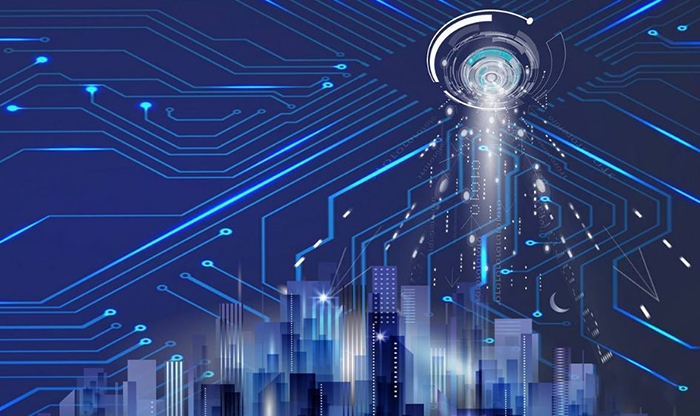In 2021, extreme weather occurs frequently, and the ensuing natural disasters have caused heavy damage to many cities. People have begun to pay attention to slowing down global warming by reducing carbon emissions and energy consumption, and achieving “carbon peak and carbon emissions” as soon as possible. Neutralize” goal.
The outbreak of the epidemic has changed people’s lifestyles and triggered thinking in the entire building energy-saving industry. People’s pursuit is no longer simply the comfort of buildings, but more attention has shifted to green buildings, healthy buildings and other healthier and environmentally friendly buildings. lifestyle. The development trend of buildings in the future must be smart buildings, and the impact of the Internet of Things on smart buildings can be said to be everywhere. By using related technologies such as the Industrial Internet of Things and the Power Internet of Things to transform and upgrade traditional buildings, energy conservation and carbon reduction can be achieved. Purpose.

Benefits of applying IoT technology
1. Applying the Internet of Things to smart buildings means optimizing and combining modern communication technology, modern computer technology, modern architectural art and modern control technology to provide people with a safe, comfortable, efficient, flexible and convenient living and working environment. environment.
2. Applying IoT technology to smart building systems can make full use of natural resources, optimize energy utilization and reduce unnecessary energy consumption.
3. In terms of energy-saving applications, IoT technology has the characteristics of wider sensing range, more accurate data collection, more scientific early warning models, more timely monitoring, more flexible control methods, and more in-depth data mining than other traditional technologies.
Energy saving and carbon reduction, a two-pronged approach
According to statistics, building energy consumption accounts for 25% of total social energy consumption, and buildings account for almost 50% of total carbon dioxide emissions, which is much higher than the transportation and industrial sectors. It can be seen that the construction sector is one of the main sources of carbon emissions in my country. On the road to developing a low-carbon economy, the “energy saving” and “low carbon” of buildings are destined to become unavoidable topics. So, in what ways do smart buildings achieve energy conservation and carbon reduction?
Wireless sensor
Installing wireless sensors inside smart buildings can monitor indoor temperature, humidity, air quality and lighting conditions in real time, thereby controlling the air conditioning system and adjusting it to the lowest energy consumption state. It can also automatically configure the lighting system and turn off unnecessary lights to save money. Use electricity to reduce unnecessary energy consumption, thereby creating a low-carbon and green smart building.
Building automation
Building automation is an important part of the weak current system of intelligent buildings. It plays the role of centralized management and decentralized control of each subsystem, improving system operation quality, improving management level, reducing operation management labor intensity, and saving operation energy consumption.
remote monitoring
Owners can use the remote energy-saving monitoring platform to access the energy-saving system from anywhere through the Internet, grasp the real-time energy consumption of the building energy system, monitor the real-time outdoor temperature, and conduct intelligent energy-saving analysis and decision-making. Especially for the central air-conditioning system, lighting system and electromechanical system, which are three major energy consumers, effective management and control through Internet of Things technology and on-demand use not only improve the comfort of management and staff in the building, but also improve the comfort of the building management and staff. At the same time, the energy saving effect is very obvious.
Energy consumption system
The building energy consumption system built based on Internet of Things technology uses actual energy consumption data to establish an energy simulation model. Through real-time optimization calculations, the current optimal operation strategy is obtained, and control instructions are sent to the control system to help owners achieve full realization as quickly as possible. Informatization, processization, visualization and operability of own energy management.
Summarize
The implementation of high-standard energy-saving technologies in the construction field is currently an important means to achieve the goal of carbon neutrality, and the gradual integration of the Internet of Things and building energy-saving technologies has greatly improved the effect of energy conservation and carbon reduction.
Keywords: 16-channel network IO controller
